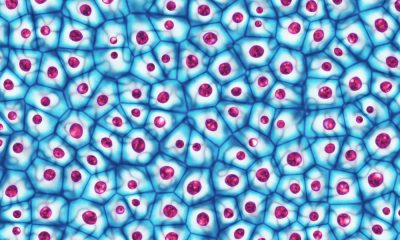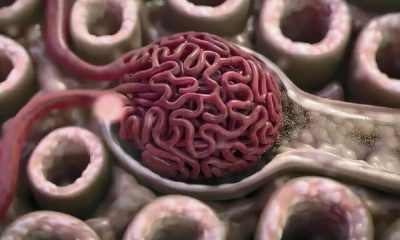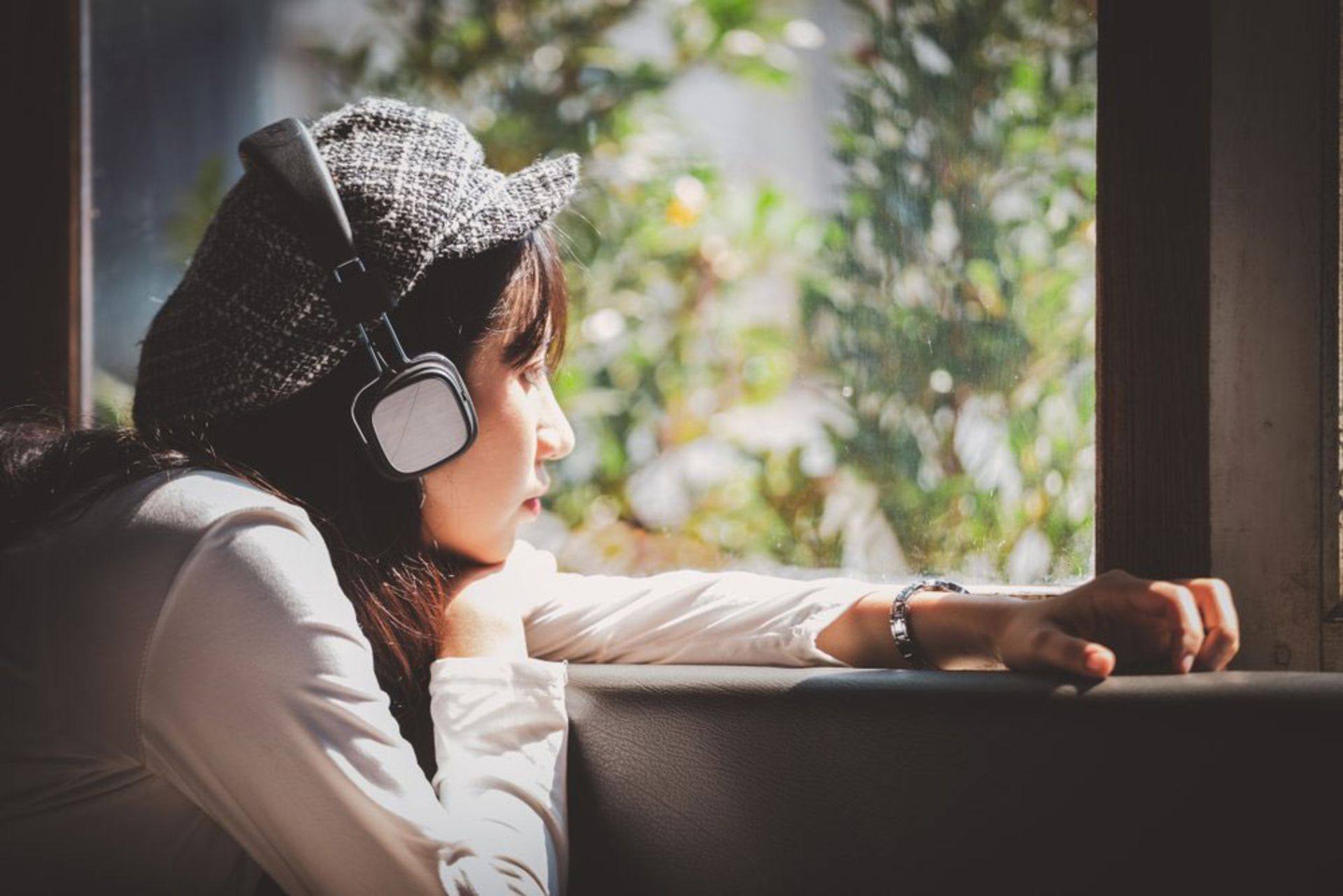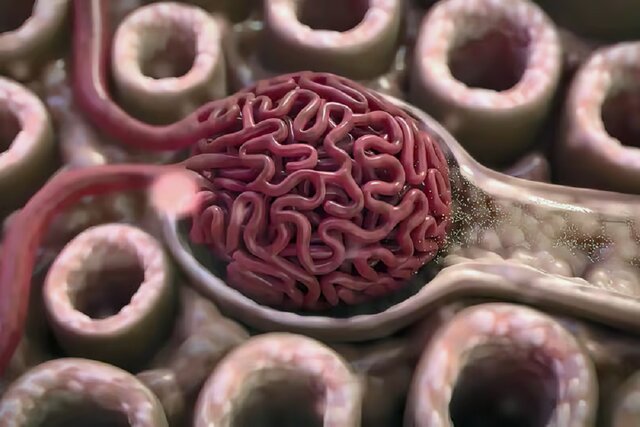Inventing a lozenge to relieve tooth sensitivity. Scientists have developed a way to restore the lost minerals in teeth that cause them to be sensitive.
Inventing a lozenge to relieve tooth sensitivity
What’s worse than not being able to eat delicious treats like ice cream because we don’t want to endure the pain of the cold hitting our sensitive teeth again?
This problem will soon be a thing of the past as researchers have developed a new method of restoring lost tooth minerals that offers a long-term solution to this problem.
Tooth sensitivity, also called dentin hypersensitivity, occurs when the inner dentin layer of the tooth and the tubules within it are exposed, often due to the loss of the tooth’s protective enamel in a process called demineralization. ) they say.
Read More: Low-cost cancer treatment with a device the size of a microwave
With the opening of the softer space of the tooth, its nerves, and blood vessels are prone to react to heat, cold, touch, pressure, or acidic foods, which causes pain.
Tooth enamel can be worn away by wear, decay, or grinding and cannot be repaired by natural processes as it is the only non-living tissue in our body.
In recent years, the increase in peroxide-based teeth whitening products has exacerbated tooth enamel wear, and currently, the only way to treat dentin hypersensitivity is to prevent it and treat its symptoms.
Now researchers at the University of Washington have developed a new treatment that can restore lost tooth minerals and provide a permanent solution to the problem of dentin hypersensitivity.
“We [dentists] see patients with sensitive teeth, but we can’t really help them,” says study co-author Sammy Duggan. We all have these restorative options on the market, but they are all temporary because they focus on treating the symptoms and not addressing the root cause.
The goal of researchers is to create a biosimilar, something that closely resembles or mimics the natural biochemical processes that occur in the body. So they focused on a peptide—a short chain of amino acids—that is key to the biological development of human teeth. This peptide, called sADP5, binds to calcium and phosphate ions, the main minerals found in teeth, and uses them to build new mineral microlayers.
In preclinical experiments, the researchers created a small tablet with a core of calcium and phosphate coated in the flavoring agent sADP5, which they tested on dentin discs extracted from human teeth.
Each of the discs had ivory tubes. After three rounds of peptide-guided treatment, the researchers managed to form a new mineral layer on the exposed dentin that stretched into the dentinal tubules and blocked them.
“Our technology recreates the same minerals found in teeth, including enamel, cementum, and dentin, that were previously dissolved through demineralization,” said Deniz Yusisoy, lead author of the study.
He added: the newly formed mineral microlayers close the channels of communication with the nerves of the tooth, and after that excessive sensitivity does not cause a problem anymore.
By measuring the hardness of the newly formed mineralized layer, the researchers found that it was significantly harder than non-mineralized, natural human dentin. Also, by testing it using the thermal wear method, the mineral layer was not separated from the tooth.
Both of these findings show that this method can provide resistance to long-term mechanical and thermal stresses that teeth face in the natural environment of the mouth. In addition to tablets, researchers have included their peptide-based formula in mouthwashes, tooth gels, teeth whiteners, and toothpaste.
Hanson Fong, one of the authors of the study, says: “There are many methods of design and delivery. The most important thing is the peptide, which is a key ingredient in our formula and works.
Further research is needed to investigate the permeability and chemical stability of the mineral layer to achieve an effective and easy-to-use treatment for dentin hypersensitivity, including the implementation of the peptide-guided approach in vitro.
The study was published in the journal ACS Biomaterials Science & Engineering.



 Technology9 months ago
Technology9 months ago


 Technology10 months ago
Technology10 months ago


 Technology9 months ago
Technology9 months ago


 Technology11 months ago
Technology11 months ago


 Humans1 year ago
Humans1 year ago


 AI1 year ago
AI1 year ago


 Technology10 months ago
Technology10 months ago


 Technology11 months ago
Technology11 months ago




























